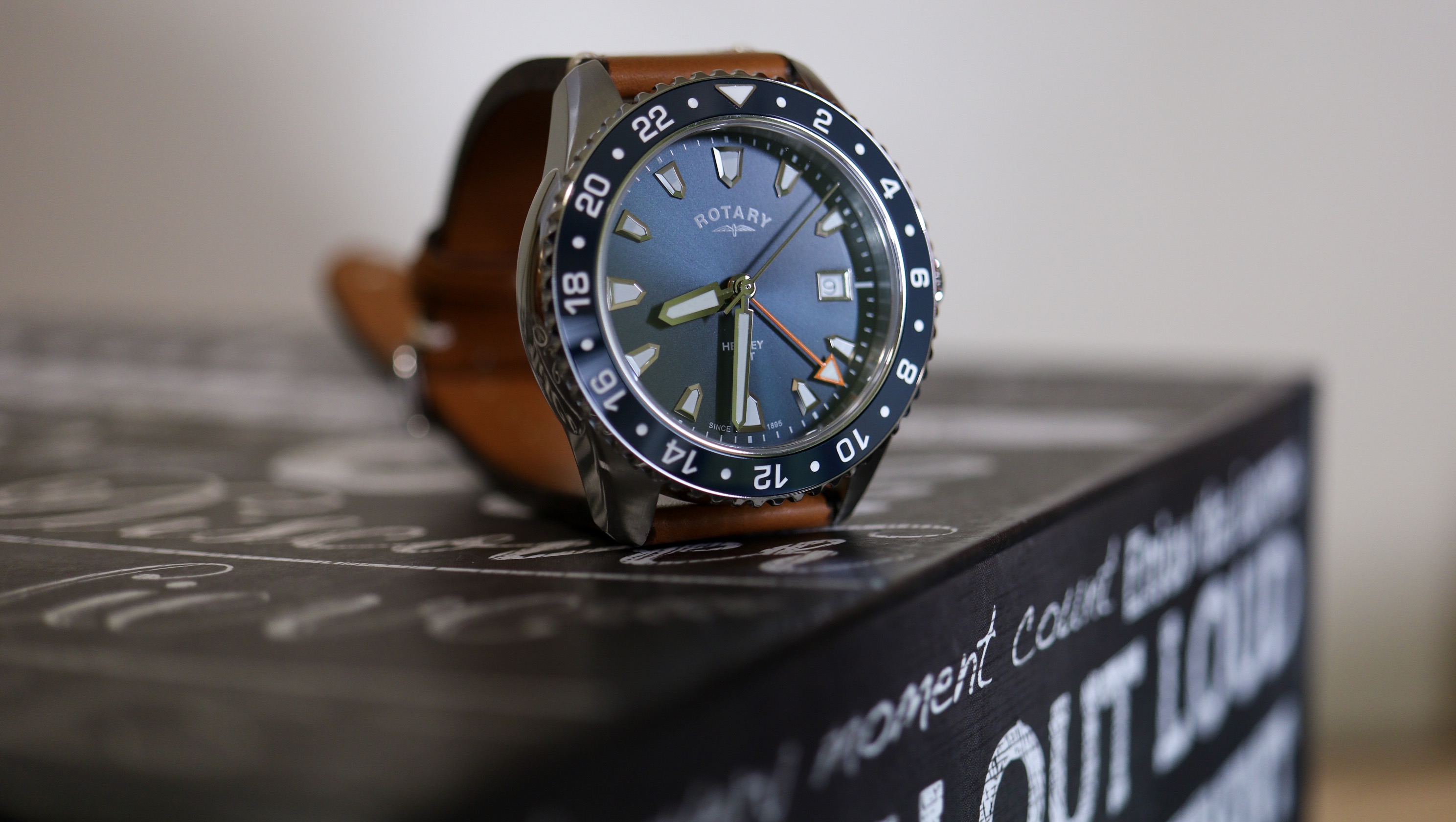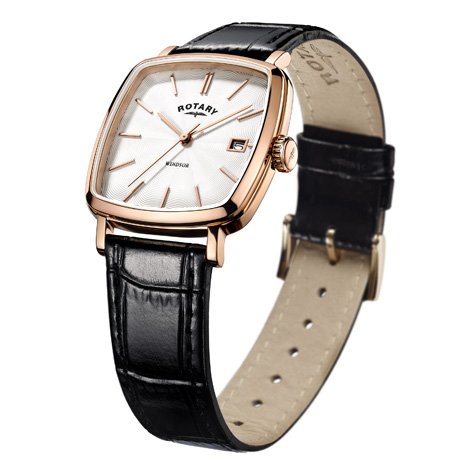

That's the case for many watches, using, for example, movements like the common ETA 2824-2, though some higher-end ones have dates that change instantaneously at midnight.Īs watchmaker Harris Freedman explains, a pin sticking off of the date wheel (a gear) pushes the date disc (which displays the date) forward each 24 hours. How It Works: When the time approaches midnight, you may notice that the date disc appears to be gearing up for the change, and that it sometimes doesn’t actually click over until, say, 15 minutes past the hour. If your watch also has a day-of-the-week display, you can usually also set it via the crown in this position by turning it in the opposite direction. Turn the crown gently to set the date.Set the date by pulling the crown out to its first position for the vast majority of mechanical watches with a date function.To be safe, it’s a good idea to just make it a habit of setting the date when the hour hand is traveling somewhere along the bottom half of the dial (following the instructions above for setting the time).Don’t Set the Date Within 3 Hours of Midnight If you space out and overshoot the exact time you’re aiming for (it happens), turning it back slowly a couple minutes isn’t such a big deal and far easier than spinning through another 24 hours and cycling through the date (see below) again. If done regularly over time, this wear can have adverse effects on the watch’s overall health. Rather, it causes undue wear on the gear train, much more so than normal operation. How It Works: It’s called “clockwise” for a reason: that’s the way it’s designed to go! Unlike setting the date incorrectly (see below), this does not risk immediately breaking your watch. Press the crown in to start the watch again.

Then turn the hands clockwise to set the time - this is often (but not always) done by turning the crown towards yourself.If it’s the kind of movement that stops the seconds hand (“hacking”), you may want to wait until it reaches zero - you know, just for OCD precision’s sake. Pull the crown out to its second position (unscrewing it first, if necessary) to set the time.These principles should generally apply to most common watches and movements. Gear Patrol spoke with the excellent watchmakers that work with Analog/Shift and got the technical details. Even many longtime watch enthusiasts who follow these rules, however, might not know exactly why they follow them. Watch newbies should definitely be aware of these important watch-health guidelines along with other watch maintenance - mostly very simple stuff. If you wear the same automatic watch daily or keep it on a winder it will require less frequent setting, but at the very least, most simple automatic watches with a date (that are not perpetual calendars) will require periodic adjustment. These are the times when you interact most directly with the movement inside, and different watches offer different tactile feedback that is determined by the movement itself as well as how the watchmaker has constructed the case and crown. Mechanical watches require regular attention from the user, such as setting the time and winding.
#Rotary watch movements how to
But you should also understand why not to do these things, and how to set your watch the correct way. There are just a couple basic rules to remember: 1) only turn the hands clockwise and 2) only adjust the date more than 3 hours away from midnight. Setting the time on your mechanical watch is deceptively simple, but it’s possible to unwittingly damage the delicate movement inside with seemingly innocuous actions.
#Rotary watch movements series
Welcome to Product Support, a series devoted to helping you get the most out of your stuff.


 0 kommentar(er)
0 kommentar(er)
